Home>Gardening & Outdoor>Plant Care & Gardening Tips>How To Harvest Common Wildflower Seeds
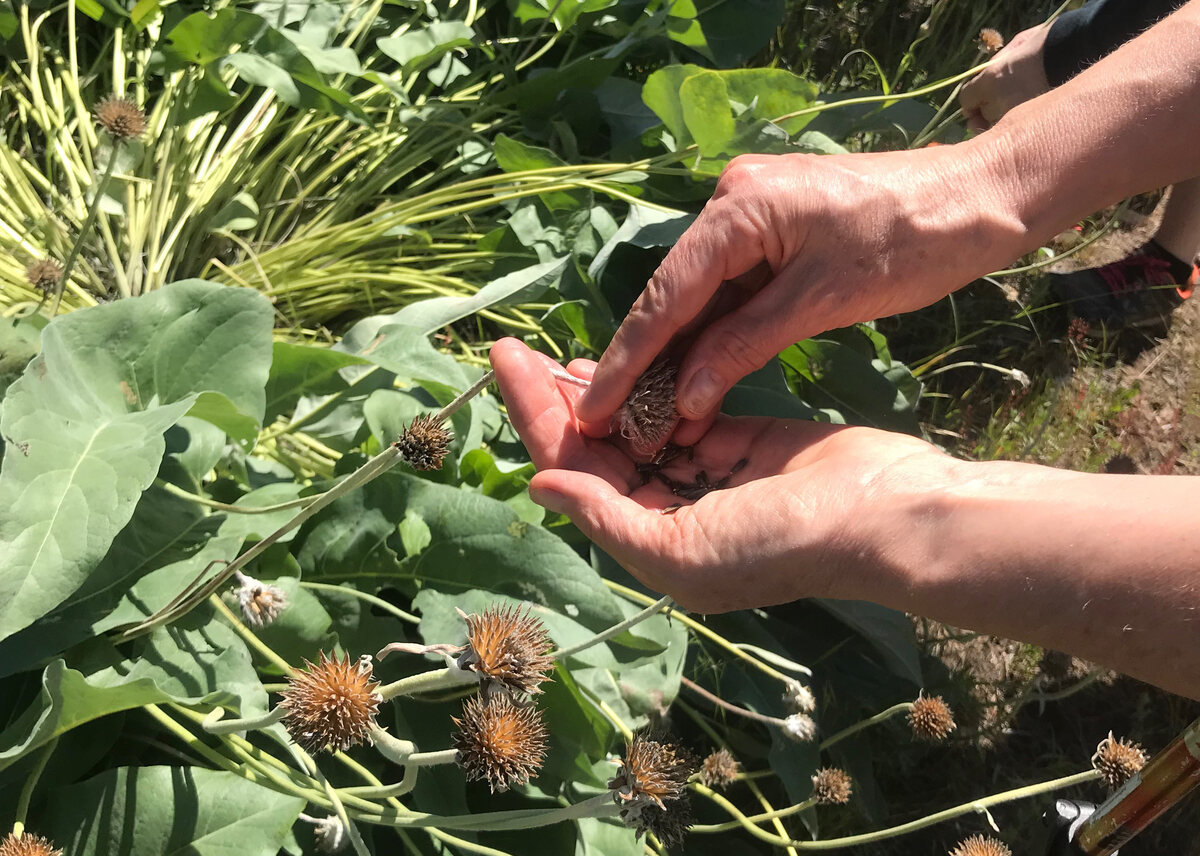

Plant Care & Gardening Tips
How To Harvest Common Wildflower Seeds
Modified: August 20, 2024
Learn how to harvest common wildflower seeds with our expert plant care and gardening tips. Discover the best practices for collecting and storing seeds for a beautiful, sustainable garden.
(Many of the links in this article redirect to a specific reviewed product. Your purchase of these products through affiliate links helps to generate commission for Storables.com, at no extra cost. Learn more)
Introduction
Welcome to the wonderful world of wildflowers! These vibrant and resilient plants grace our landscapes with their natural beauty and provide essential sustenance for pollinators. If you've ever marveled at the sight of a meadow bursting with colorful blooms or dreamt of creating your own wildflower oasis, then you're in for a treat. In this guide, we'll delve into the art of harvesting common wildflower seeds, unlocking the secrets to preserving and propagating these enchanting botanical treasures.
As we embark on this journey, it's important to recognize the significance of wildflowers in our ecosystem. These plants play a crucial role in supporting biodiversity, serving as vital sources of nectar and pollen for bees, butterflies, and other pollinators. By cultivating wildflowers, we can contribute to the conservation of native plant species and create havens for beneficial insects, ultimately fostering healthier and more sustainable environments.
Whether you're a seasoned gardener or a budding enthusiast, learning how to harvest wildflower seeds opens up a world of possibilities. Not only does it allow you to perpetuate the splendor of wildflower meadows, but it also empowers you to enrich your own garden with the charm of these resilient plants. From cheerful sunflowers to delicate cosmos, the diversity of wildflowers offers an endless wellspring of inspiration for any nature lover.
Throughout this guide, we'll explore the ins and outs of common wildflowers, from their unique characteristics to the best practices for identifying and selecting seeds. We'll uncover the essential steps for preparing and executing a successful seed harvest, ensuring that you can gather and store wildflower seeds with confidence. By the end of this journey, you'll possess the knowledge and skills to embark on your own wildflower seed-harvesting adventures, embracing the magic of these captivating blooms.
So, grab your gardening gloves and get ready to immerse yourself in the enchanting realm of wildflowers. Whether you're yearning to adorn your landscape with bursts of color or simply eager to connect with nature on a deeper level, the art of harvesting common wildflower seeds promises a fulfilling and rewarding experience. Let's embark on this botanical escapade together and unlock the secrets of preserving and propagating the splendor of wildflowers.
Key Takeaways:
- Embrace the magic of wildflowers by learning to harvest their seeds, contributing to biodiversity and creating vibrant, low-maintenance gardens with a diverse array of resilient and beautiful plants.
- By carefully observing and collecting wildflower seeds, you can preserve their beauty and contribute to the conservation of native plant species, fostering a deeper connection with nature and sowing the seeds of inspiration for future floral endeavors.
Read more: How To Harvest Leek Seeds
Understanding Common Wildflowers
Before delving into the intricacies of harvesting wildflower seeds, it’s essential to develop a foundational understanding of these resilient and diverse plants. Common wildflowers encompass a vast array of species, each with its own unique characteristics and ecological significance. From the iconic sunflower to the delicate beauty of the cosmos, wildflowers captivate us with their natural charm and contribute to the rich tapestry of our environment.
One of the defining features of wildflowers is their adaptability to various growing conditions. These plants have evolved to thrive in a wide range of habitats, from open meadows and woodlands to roadside verges and urban landscapes. Their resilience and ability to flourish in diverse environments make them valuable contributors to the ecological balance, providing food and habitat for a myriad of pollinators and wildlife.
Furthermore, common wildflowers often exhibit exceptional drought tolerance and disease resistance, making them low-maintenance additions to any garden or landscape. Their ability to attract pollinators, such as bees and butterflies, adds an invaluable ecological dimension to outdoor spaces, fostering biodiversity and contributing to the health of local ecosystems.
Understanding the life cycle of common wildflowers is crucial for successful seed harvesting. Many wildflowers are annuals, completing their life cycle within a single growing season. Others are biennials, requiring two years to complete their life cycle, while some are perennials, returning year after year. This diversity in life cycles influences the timing and methods for harvesting their seeds, as well as the strategies for propagating them in home gardens.
By familiarizing ourselves with the characteristics and ecological roles of common wildflowers, we gain a deeper appreciation for their resilience and beauty. This understanding also equips us with the knowledge needed to identify, select, and cultivate wildflower seeds effectively, ensuring that we can preserve and propagate these captivating plants with care and consideration.
As we continue our exploration of harvesting wildflower seeds, let’s celebrate the remarkable diversity and ecological significance of common wildflowers. By embracing their unique traits and understanding their roles in the natural world, we pave the way for a fulfilling and sustainable journey into the art of wildflower seed harvesting.
Identifying and Selecting Wildflower Seeds
When it comes to harvesting wildflower seeds, the process begins with identifying and selecting the right seeds for your needs and preferences. Common wildflowers encompass a wide spectrum of species, each with its own distinct characteristics and growing requirements. By familiarizing yourself with the diverse array of wildflower seeds available, you can make informed choices that align with your gardening goals and environmental considerations.
One of the first steps in identifying wildflower seeds is to understand the specific species or varieties you wish to cultivate. Whether you’re drawn to the cheerful blooms of black-eyed Susans or the delicate allure of poppies, taking the time to research and recognize the unique traits of each wildflower species enables you to make targeted selections for seed harvesting.
When selecting wildflower seeds, it’s important to consider the natural habitat and growing conditions of each species. Some wildflowers thrive in sunny, open spaces, while others prefer shaded woodland environments. By matching the growing requirements of wildflowers with the characteristics of your garden or landscape, you can ensure that the seeds you harvest are well-suited to their future growing conditions.
Additionally, understanding the blooming and seeding patterns of wildflowers is essential for successful seed identification and selection. Observing the life cycle of wildflowers allows you to pinpoint the optimal time for seed harvesting, ensuring that you gather seeds at their peak maturity for the best chances of successful propagation.
As you explore the world of wildflower seeds, you’ll encounter a diverse range of species, each offering its own unique colors, shapes, and growing habits. From vibrant annuals like the California poppy to the stately perennials such as the purple coneflower, the selection of wildflower seeds presents a delightful array of possibilities for enhancing your garden or landscape.
By acquainting yourself with the distinct attributes and requirements of common wildflower seeds, you can make informed decisions when it comes to identifying and selecting the seeds that best align with your gardening aspirations. This thoughtful approach sets the stage for a rewarding and harmonious journey into the art of wildflower seed harvesting, ensuring that you can nurture and propagate these captivating blooms with care and consideration.
Preparing for Harvest
As you embark on the exhilarating journey of harvesting wildflower seeds, thorough preparation is key to ensuring a successful and rewarding experience. Preparing for the seed harvest involves a combination of timing, observation, and essential tools, all of which play pivotal roles in gathering and preserving the seeds of common wildflowers.
Timing is a critical factor in preparing for a wildflower seed harvest. Observing the life cycle of the target wildflower species is essential for determining the optimal time to collect the seeds. Typically, seeds are ready for harvest when the flower heads have dried and the seeds have matured. It’s important to monitor the progression of the seed heads, ensuring that you gather the seeds at their peak maturity for the best chances of successful germination and growth.
Before embarking on the harvest, it’s beneficial to equip yourself with the necessary tools for collecting and processing wildflower seeds. Small, sharp scissors or pruning shears are ideal for snipping seed-laden flower heads, while paper bags or envelopes provide suitable containers for storing the harvested seeds. Additionally, having a notepad and pen on hand allows you to record essential details about the harvested seeds, such as the species, location, and harvest date, which can be valuable for future reference.
Another crucial aspect of preparing for the seed harvest is identifying the specific locations and plants from which you intend to collect seeds. Whether you’re gathering seeds from your own garden or venturing into natural habitats, it’s important to exercise ethical and sustainable harvesting practices. When collecting seeds from the wild, always seek permission if necessary, and ensure that you’re not depleting natural populations or disturbing fragile ecosystems.
Furthermore, preparing for the seed harvest involves fostering a spirit of attentiveness and patience. Taking the time to observe the wildflowers as they progress through their life cycles allows you to develop a deeper connection with these resilient plants and gain valuable insights into the natural rhythms of seed production and dispersal.
By meticulously preparing for the wildflower seed harvest, you set the stage for a fulfilling and respectful engagement with nature’s bounty. This thoughtful approach not only enhances the success of the seed harvest but also fosters a sense of stewardship and appreciation for the captivating world of wildflowers. As you embark on this preparatory phase, embrace the anticipation and reverence that come with the art of harvesting common wildflower seeds, and get ready to embark on a journey filled with natural wonder and botanical splendor.
After the wildflower has finished blooming, wait for the seed pods to dry out and turn brown. Then, gently shake or tap the seeds out of the pods into a container. Store in a cool, dry place.
Harvesting Wildflower Seeds
Harvesting wildflower seeds is a gratifying and enriching process that allows you to preserve the beauty and resilience of these captivating plants. Whether you’re gathering seeds from your own garden or venturing into natural habitats, the art of seed harvesting presents an opportunity to connect with nature and contribute to the conservation of native plant species. By approaching the harvest with care and consideration, you can gather and store wildflower seeds with the utmost respect for these invaluable botanical treasures.
When it comes to harvesting wildflower seeds, timing is of the essence. Observing the life cycle of the target wildflower species is crucial for determining the optimal time to collect the seeds. As the flower heads mature and begin to dry, the seeds reach their peak ripeness and are ready for harvest. It’s essential to monitor the progression of the seeds, ensuring that you gather them before they are dispersed naturally or consumed by wildlife.
Using small, sharp scissors or pruning shears, carefully snip the seed-laden flower heads from the plants, ensuring that the seeds are fully developed and ready for collection. It’s important to place the harvested flower heads into paper bags or envelopes, allowing them to continue drying in a well-ventilated area. This drying period not only facilitates the release of the seeds from the flower heads but also helps prevent mold and moisture-related issues during storage.
As you gather the seeds, take the time to note essential details such as the species, location, and harvest date. This information can be valuable for tracking the provenance of the seeds and understanding their specific growing requirements. Additionally, maintaining records of the harvested seeds allows you to share or exchange them with other gardening enthusiasts, contributing to the preservation and propagation of diverse wildflower species.
Whether you’re collecting seeds from cheerful sunflowers, vibrant zinnias, or delicate cosmos, approaching the harvest with reverence and mindfulness honors the intrinsic value of wildflowers. By embracing the art of seed harvesting, you become a steward of biodiversity, playing a vital role in conserving and perpetuating the splendor of these resilient plants for generations to come.
As you immerse yourself in the art of harvesting wildflower seeds, cherish the opportunity to engage with nature’s abundance and contribute to the preservation of these invaluable botanical treasures. With each carefully gathered seed, you embark on a journey of nurturing and propagating the enduring beauty of wildflowers, fostering a deeper connection with the natural world and sowing the seeds of inspiration for future floral endeavors.
Read more: How To Harvest Begonia Seeds
Storing and Using Wildflower Seeds
After the exhilarating process of harvesting wildflower seeds, proper storage and thoughtful utilization are essential for preserving the viability and beauty of these botanical treasures. By employing suitable storage methods and exploring creative avenues for using wildflower seeds, you can ensure that these resilient plants continue to inspire and flourish in your garden and beyond.
When it comes to storing wildflower seeds, maintaining optimal conditions is crucial for preserving their viability. After harvesting, ensure that the seeds are completely dry before storage to prevent mold and deterioration. Store the seeds in paper envelopes or breathable containers, and place them in a cool, dry, and dark location. This helps maintain the seeds’ dormancy and viability, extending their shelf life for future sowing and propagation.
Labeling the stored seeds with essential details such as the species, harvest date, and location further enhances their utility and traceability. This thoughtful approach not only facilitates organized seed management but also provides valuable insights when planning future planting endeavors or sharing seeds with fellow gardening enthusiasts.
As you contemplate the potential uses for wildflower seeds, a world of creative possibilities unfolds. From sowing them in garden beds and containers to incorporating them into floral arrangements and craft projects, wildflower seeds offer a myriad of opportunities for infusing natural beauty into various facets of your life.
When it comes to sowing wildflower seeds, consider the unique growing requirements and blooming patterns of each species. Whether you’re scattering seeds in a designated wildflower meadow or integrating them into existing garden beds, thoughtful placement and nurturing care can yield breathtaking displays of color and vitality.
Furthermore, wildflower seeds can serve as thoughtful gifts, offering recipients the chance to cultivate their own patch of natural splendor. Packaging seeds in decorative envelopes or creating personalized seed packets adds a touch of charm and thoughtfulness to these botanical offerings, inspiring others to embark on their own wildflower-growing adventures.
Exploring the diverse uses of wildflower seeds invites you to embrace the enchanting world of these resilient plants and infuse your surroundings with their enduring beauty. Whether you’re sowing, gifting, or crafting with wildflower seeds, each endeavor becomes a celebration of nature’s abundance and a testament to the captivating allure of these botanical gems.
By thoughtfully storing and creatively utilizing wildflower seeds, you honor the legacy of these resilient plants and perpetuate their timeless charm. As you embark on this journey of preservation and creativity, may the seeds of wildflowers inspire and enrich your life, nurturing a deeper connection with the natural world and sowing the seeds of beauty and wonder for generations to come.
Conclusion
As we conclude our exploration into the art of harvesting common wildflower seeds, we emerge with a profound appreciation for the resilience, beauty, and ecological significance of these captivating plants. The journey of seed harvesting has not only enriched our understanding of wildflowers but has also ignited a deeper connection with the natural world, fostering a sense of stewardship and wonder that transcends the act of cultivation.
Throughout this botanical odyssey, we’ve delved into the diverse realm of common wildflowers, celebrating their adaptability, diversity, and vital role in supporting biodiversity. From the cheerful blooms of sunflowers to the delicate allure of cosmos, each wildflower species has woven its unique story into the tapestry of our landscapes, captivating us with its natural charm and enriching the ecosystems it inhabits.
By understanding the life cycles and growing requirements of common wildflowers, we’ve gained invaluable insights into the art of identifying, selecting, and cultivating wildflower seeds. This knowledge empowers us to approach the seed harvest with care and consideration, ensuring that we preserve and propagate these botanical treasures with reverence and mindfulness.
As we prepare for the wildflower seed harvest, we embrace the anticipation and attentiveness that come with observing nature’s rhythms and readying ourselves for the gratifying task ahead. Equipped with the essential tools and a spirit of respect, we embark on the harvest, guided by the wisdom of timing and the art of mindful collection.
Throughout the process of harvesting wildflower seeds, we honor the intrinsic value of these resilient plants, recognizing the significance of each carefully gathered seed and its potential to inspire and flourish in our gardens and beyond. By thoughtfully storing and creatively utilizing wildflower seeds, we extend the legacy of these botanical gems, infusing our lives with their enduring beauty and sowing the seeds of inspiration for future floral endeavors.
As we bid adieu to this enchanting journey, let us carry forward the spirit of conservation and creativity that the art of wildflower seed harvesting has instilled within us. Whether we’re nurturing a patch of vibrant blooms in our gardens, gifting seeds to kindred spirits, or crafting with the essence of wildflowers, we continue to celebrate the resilience and allure of these captivating plants, fostering a deeper connection with the natural world and sowing the seeds of beauty and wonder for generations to come.
May the art of harvesting common wildflower seeds inspire and enrich our lives, nurturing a profound reverence for nature’s abundance and perpetuating the timeless charm of these botanical treasures.
Frequently Asked Questions about How To Harvest Common Wildflower Seeds
Was this page helpful?
At Storables.com, we guarantee accurate and reliable information. Our content, validated by Expert Board Contributors, is crafted following stringent Editorial Policies. We're committed to providing you with well-researched, expert-backed insights for all your informational needs.
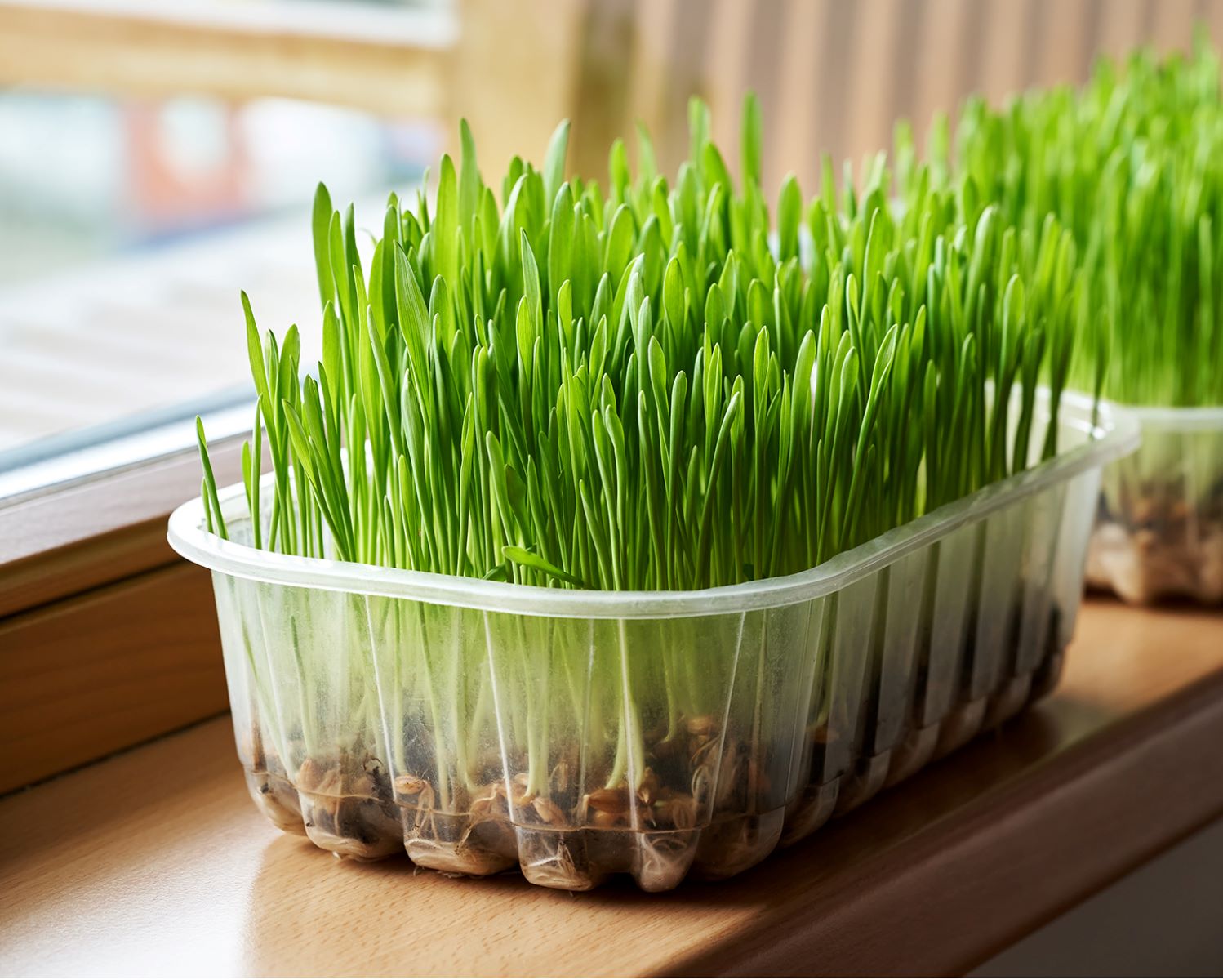
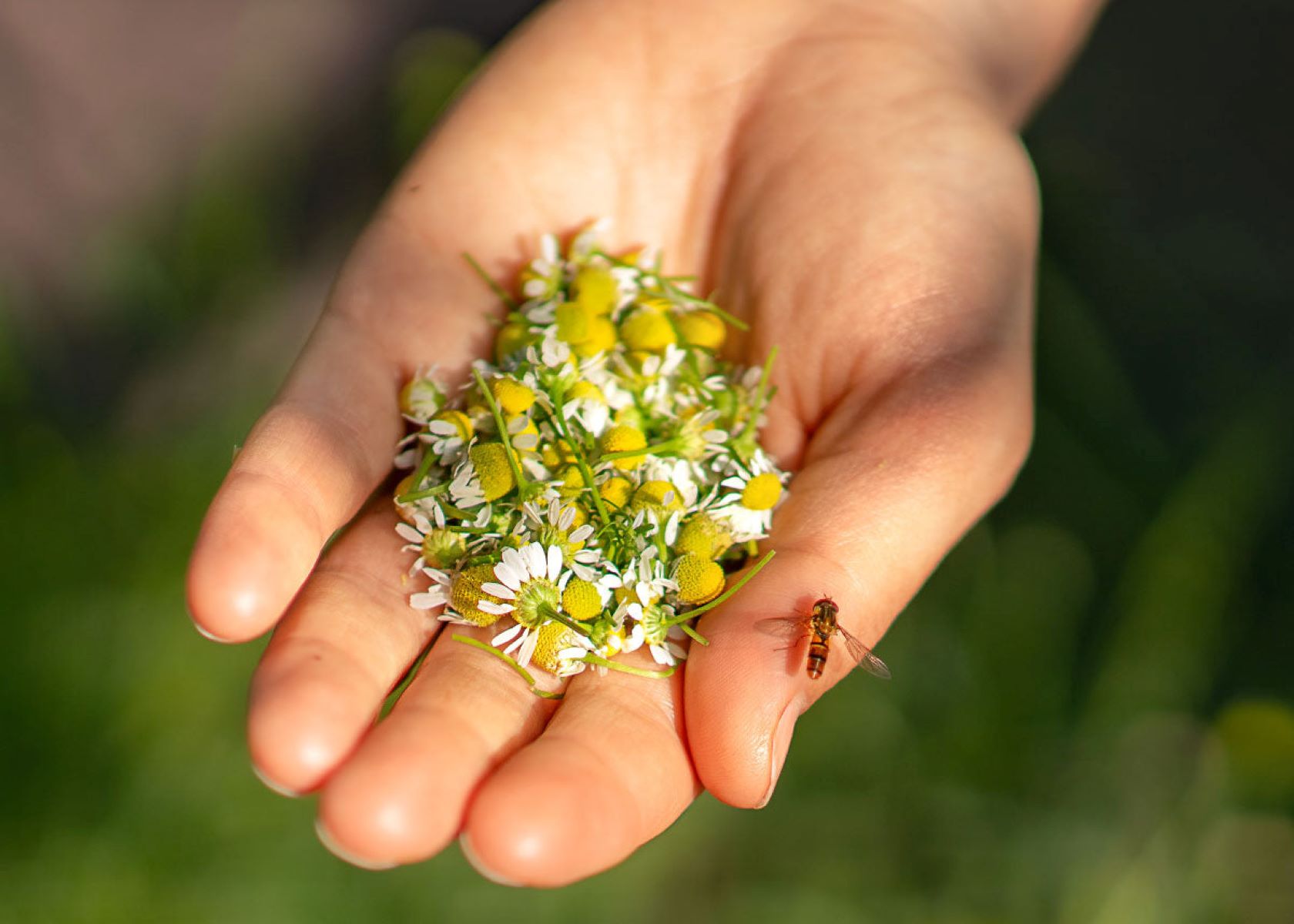
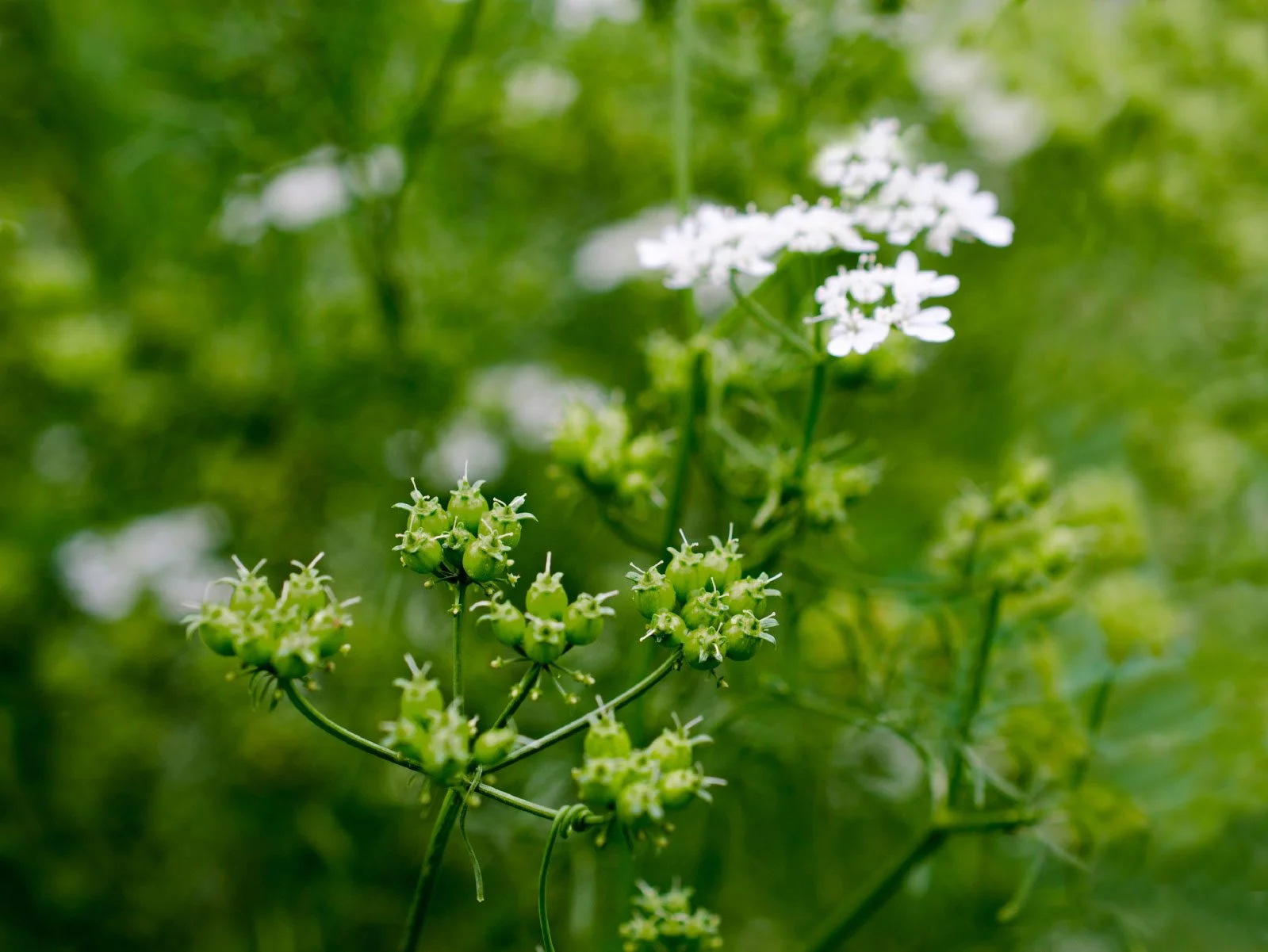
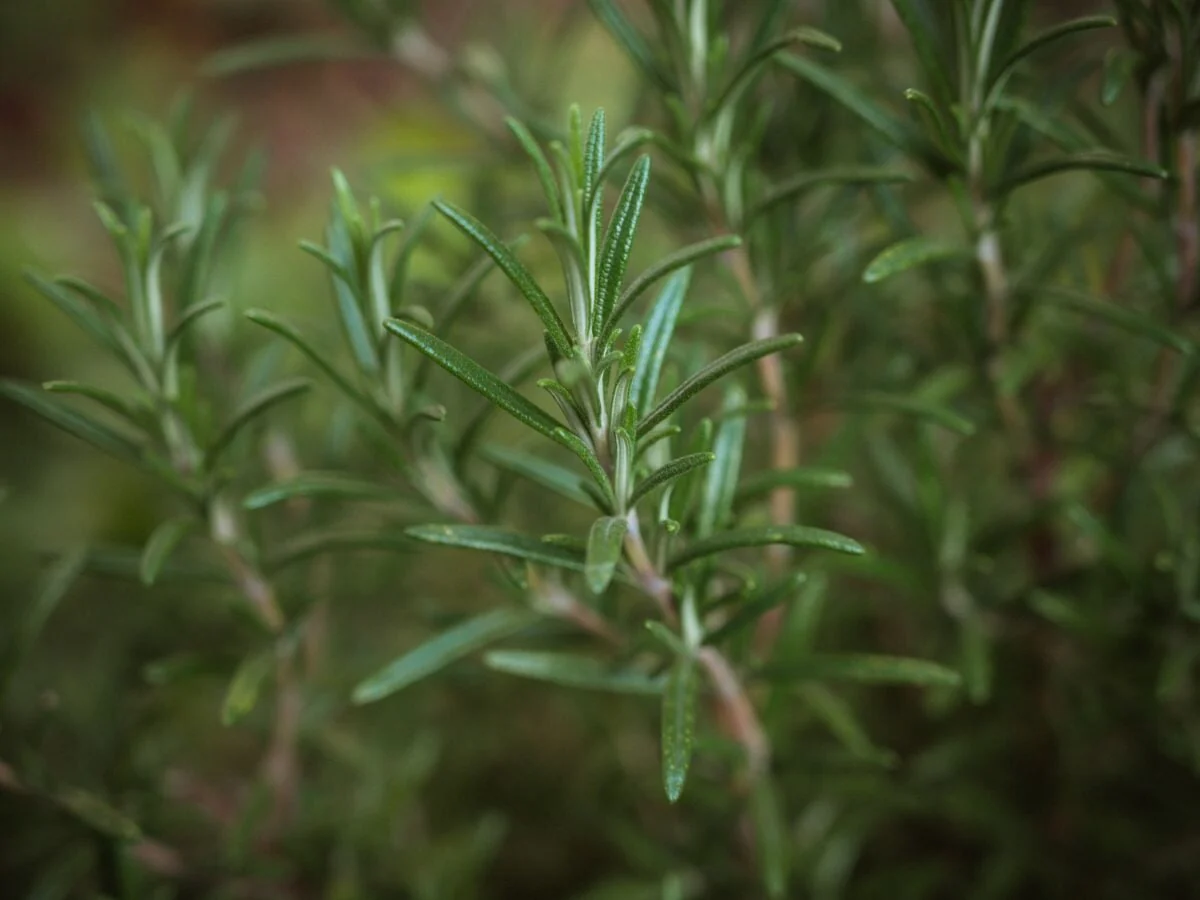
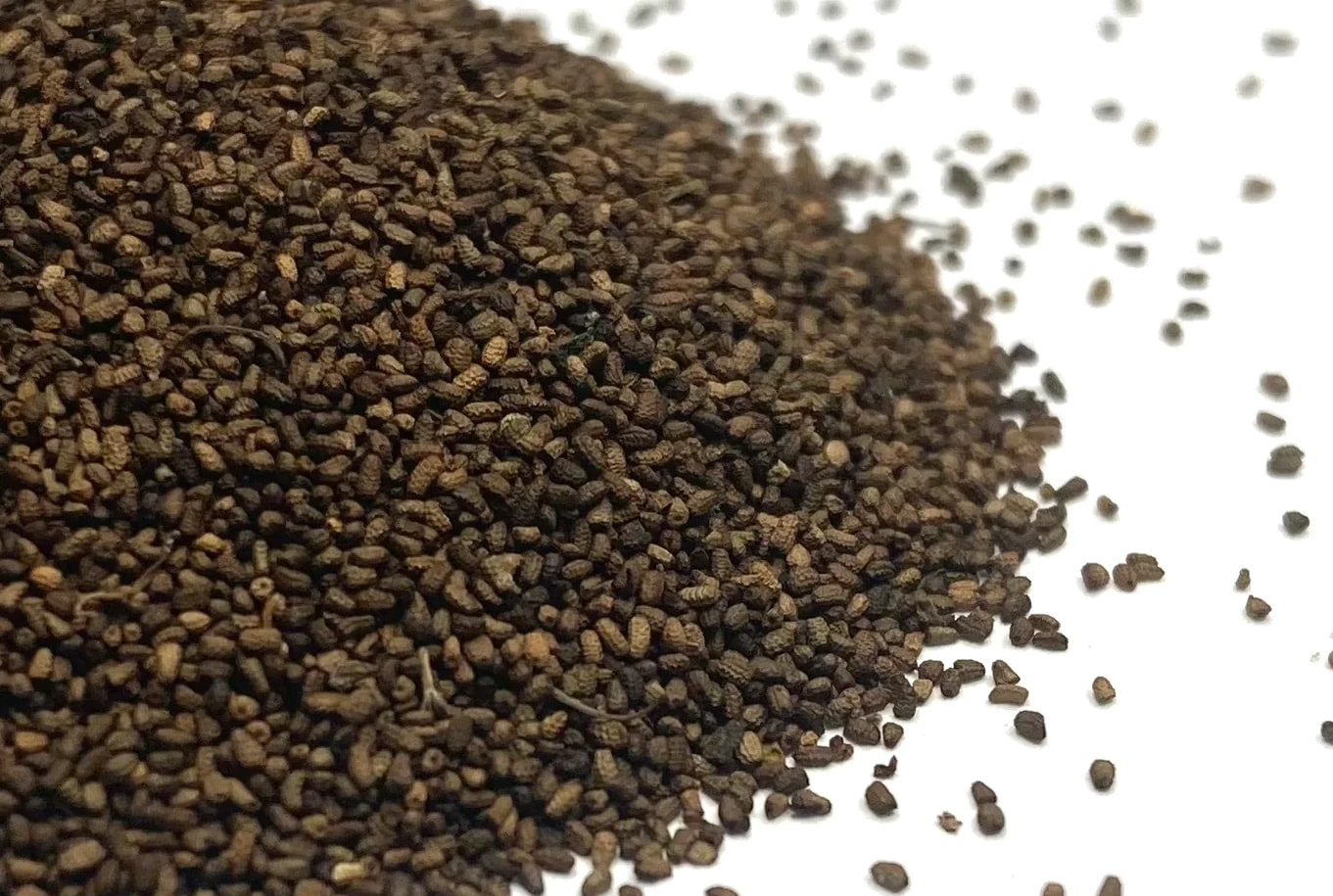

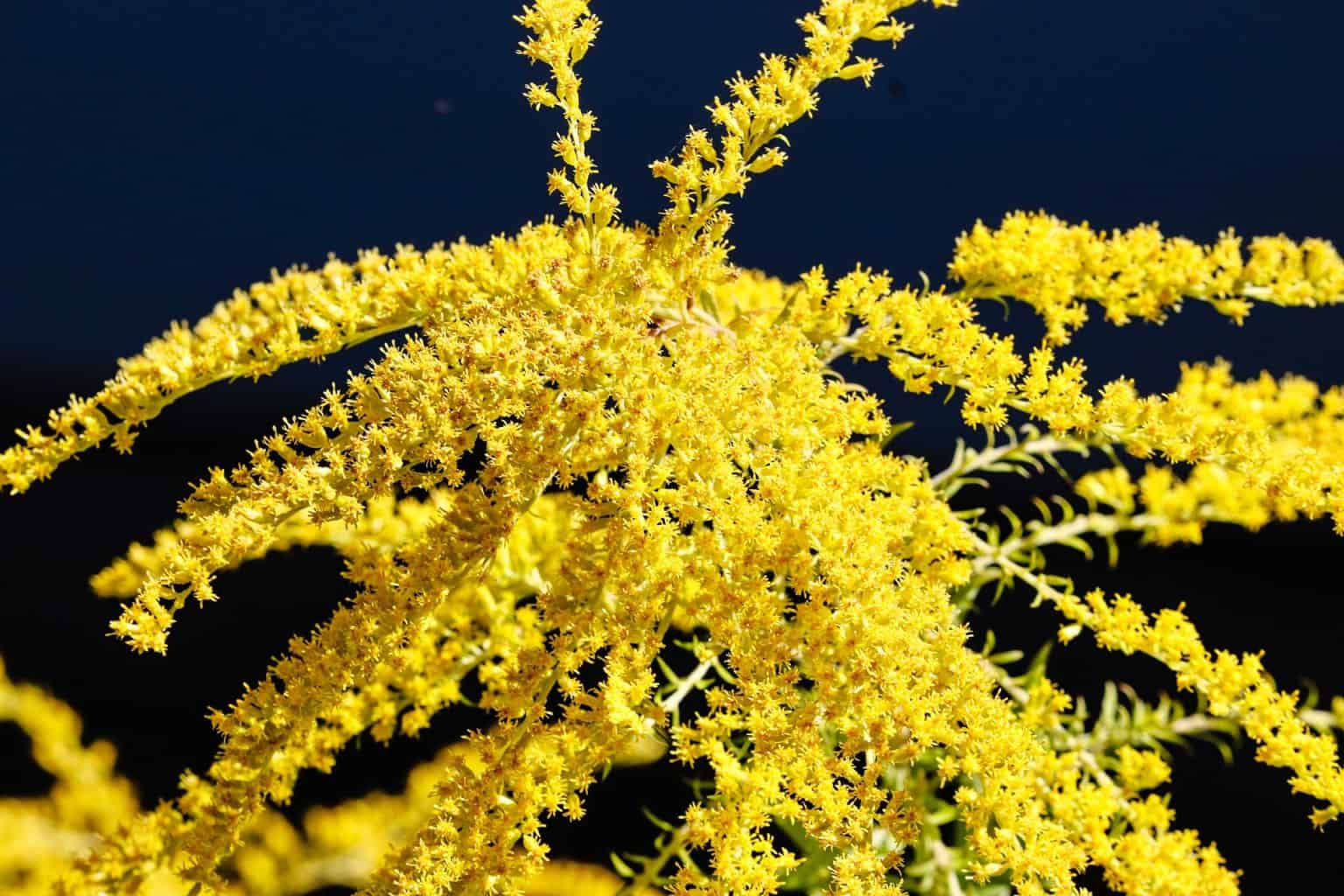
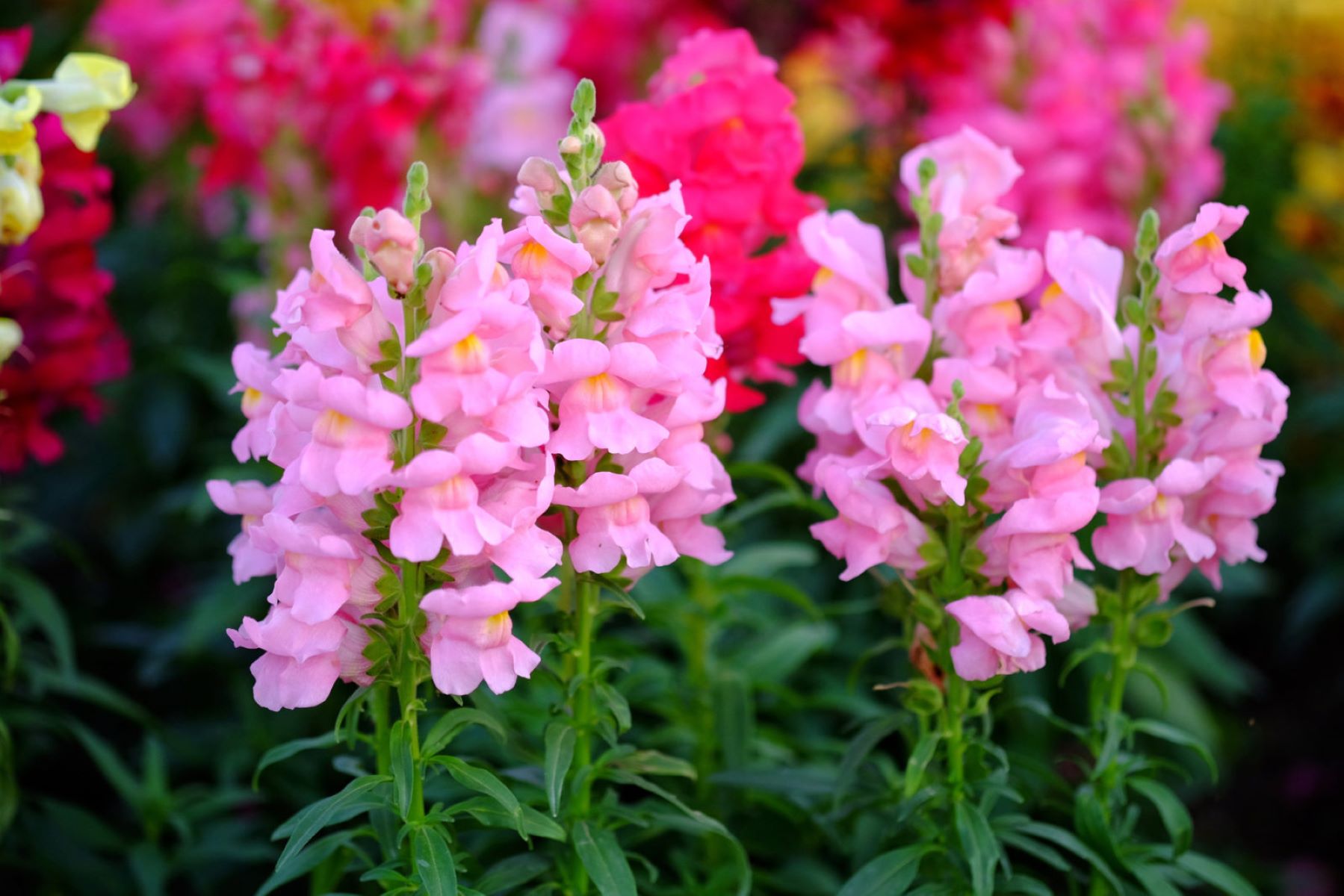
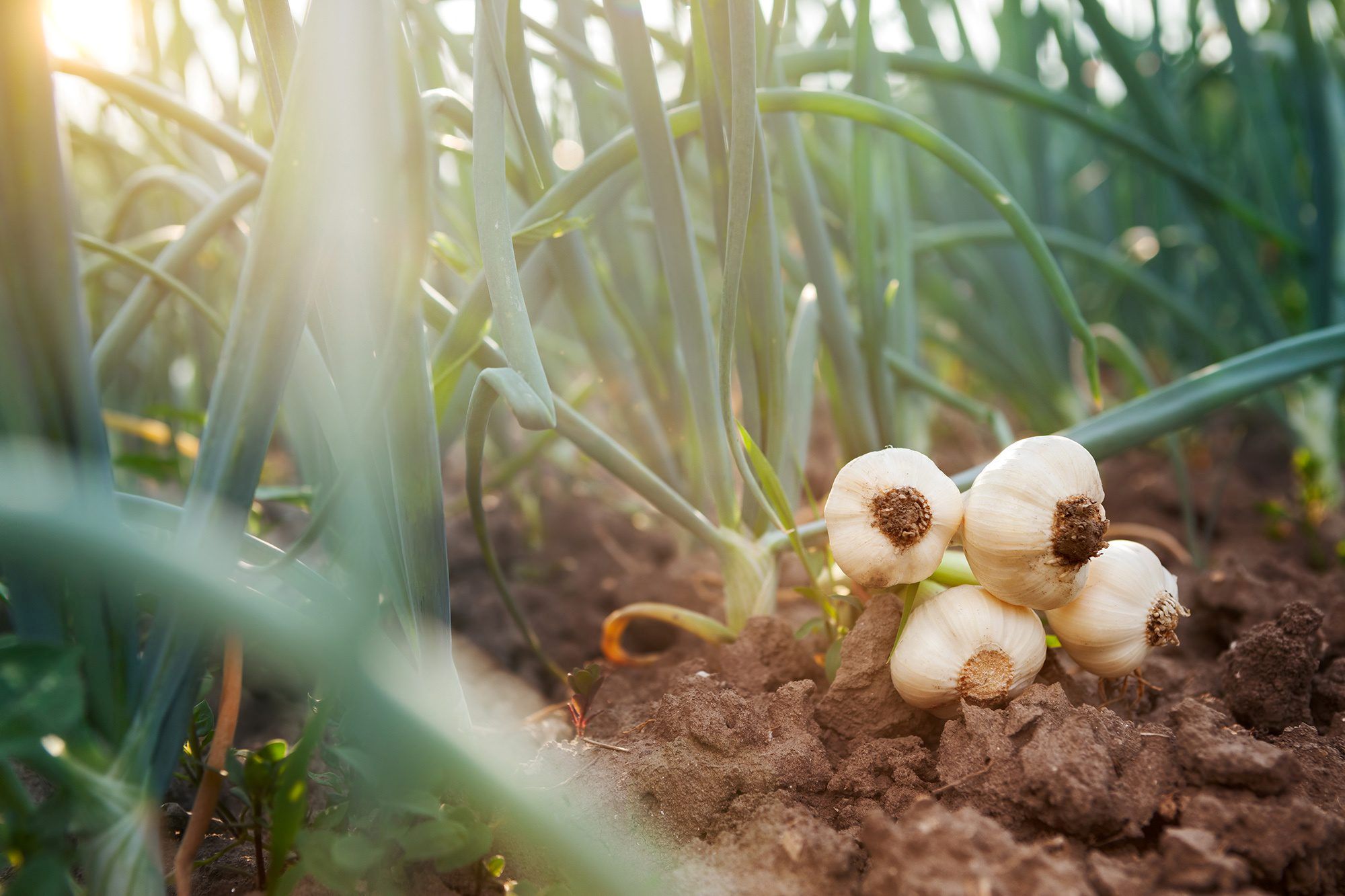
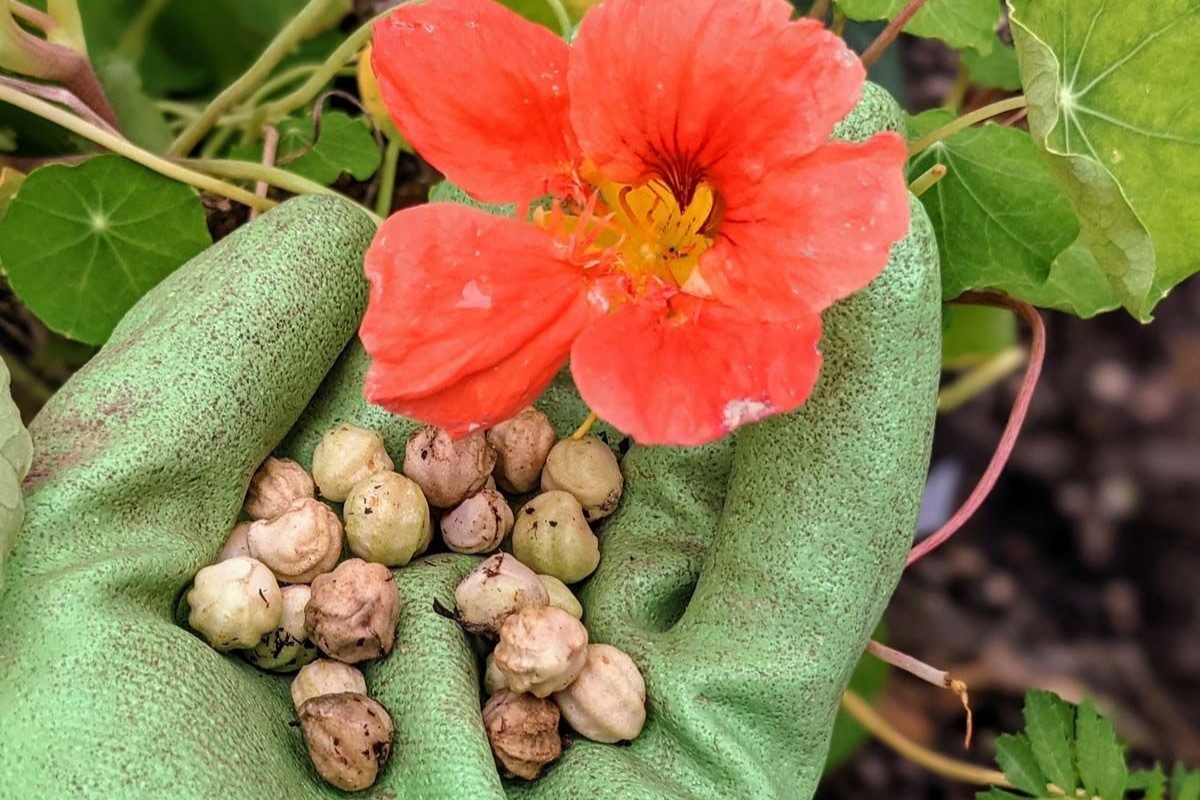
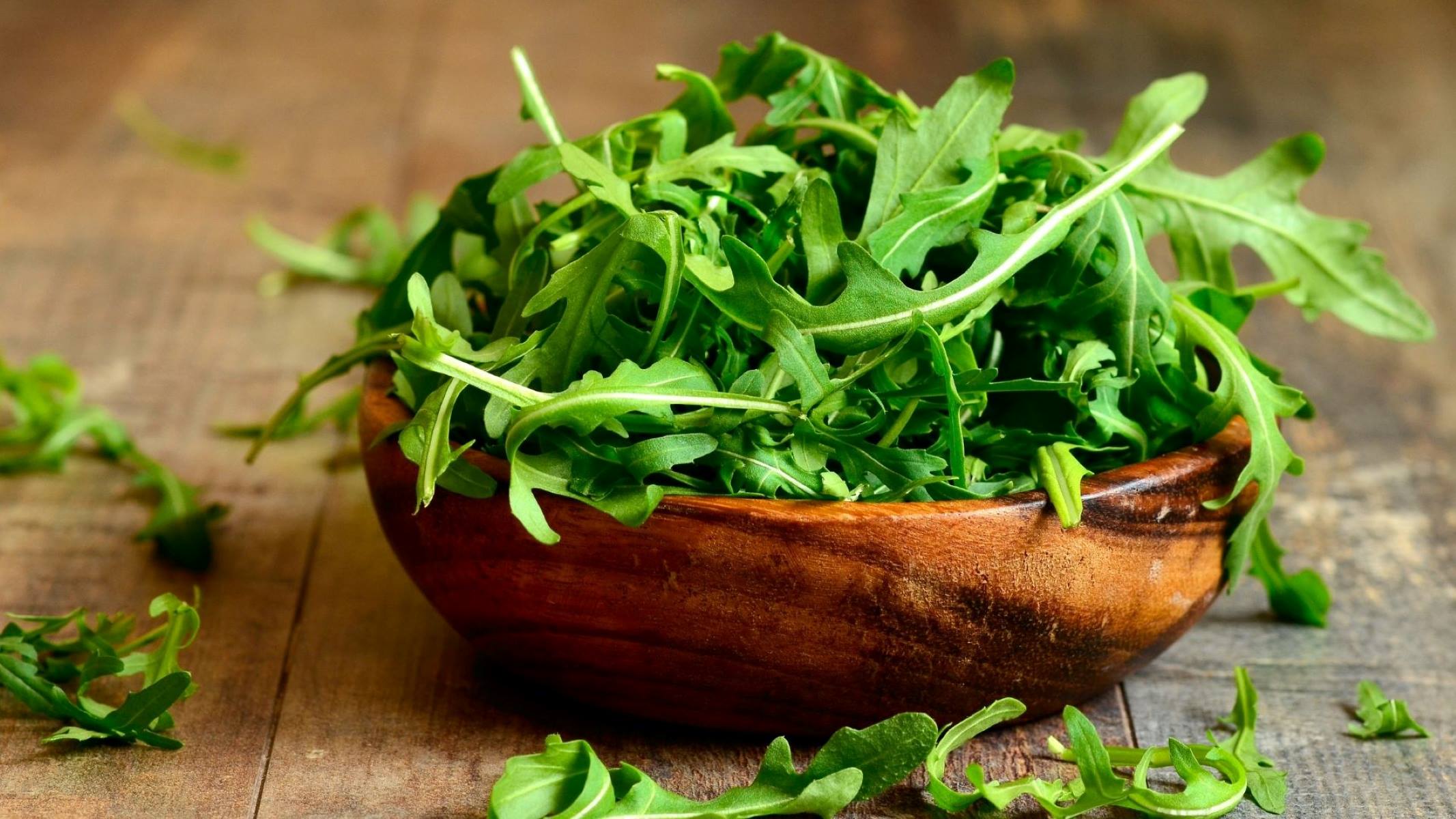
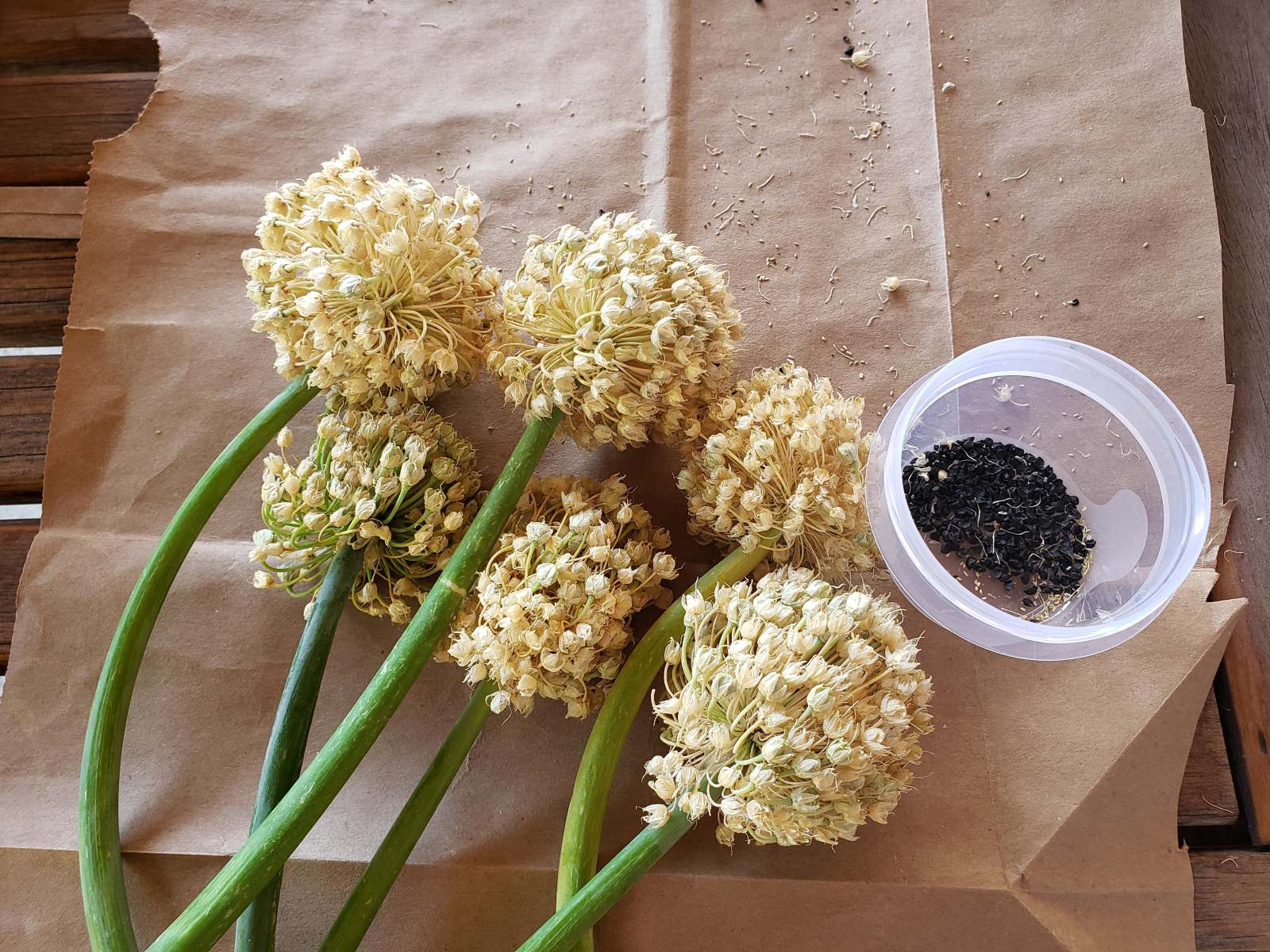
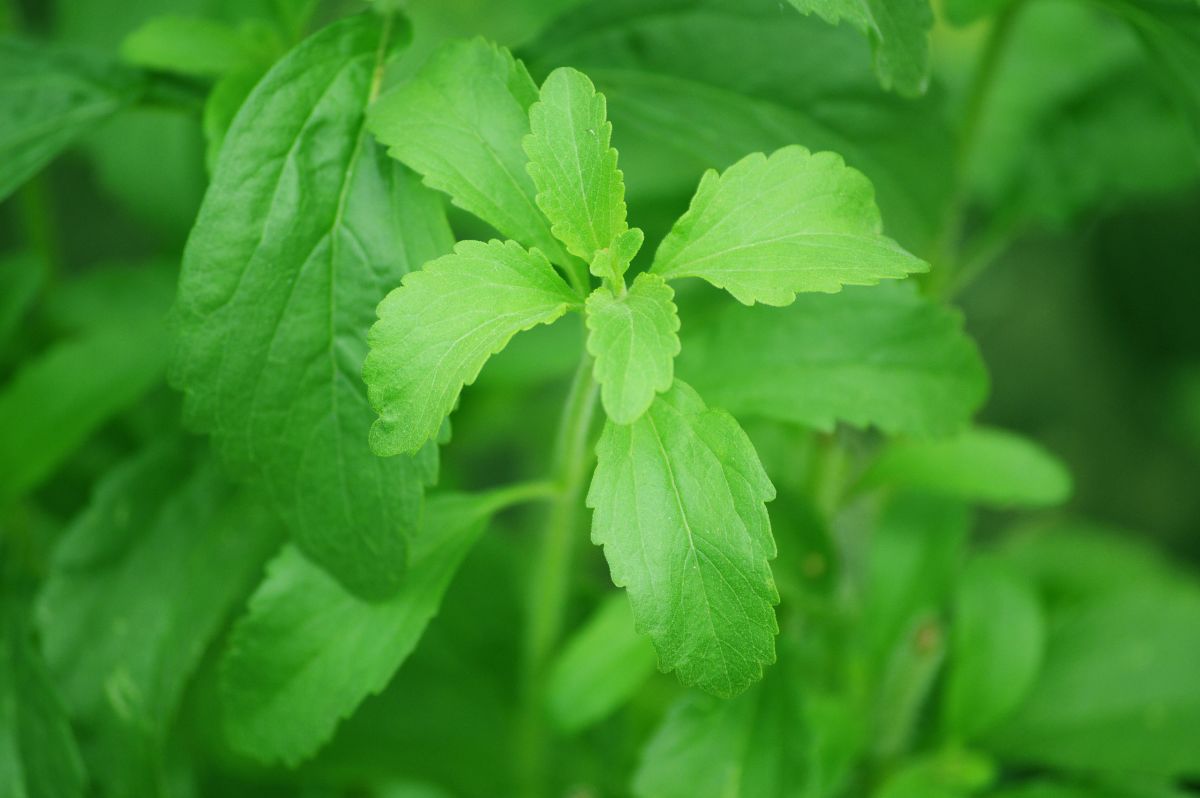
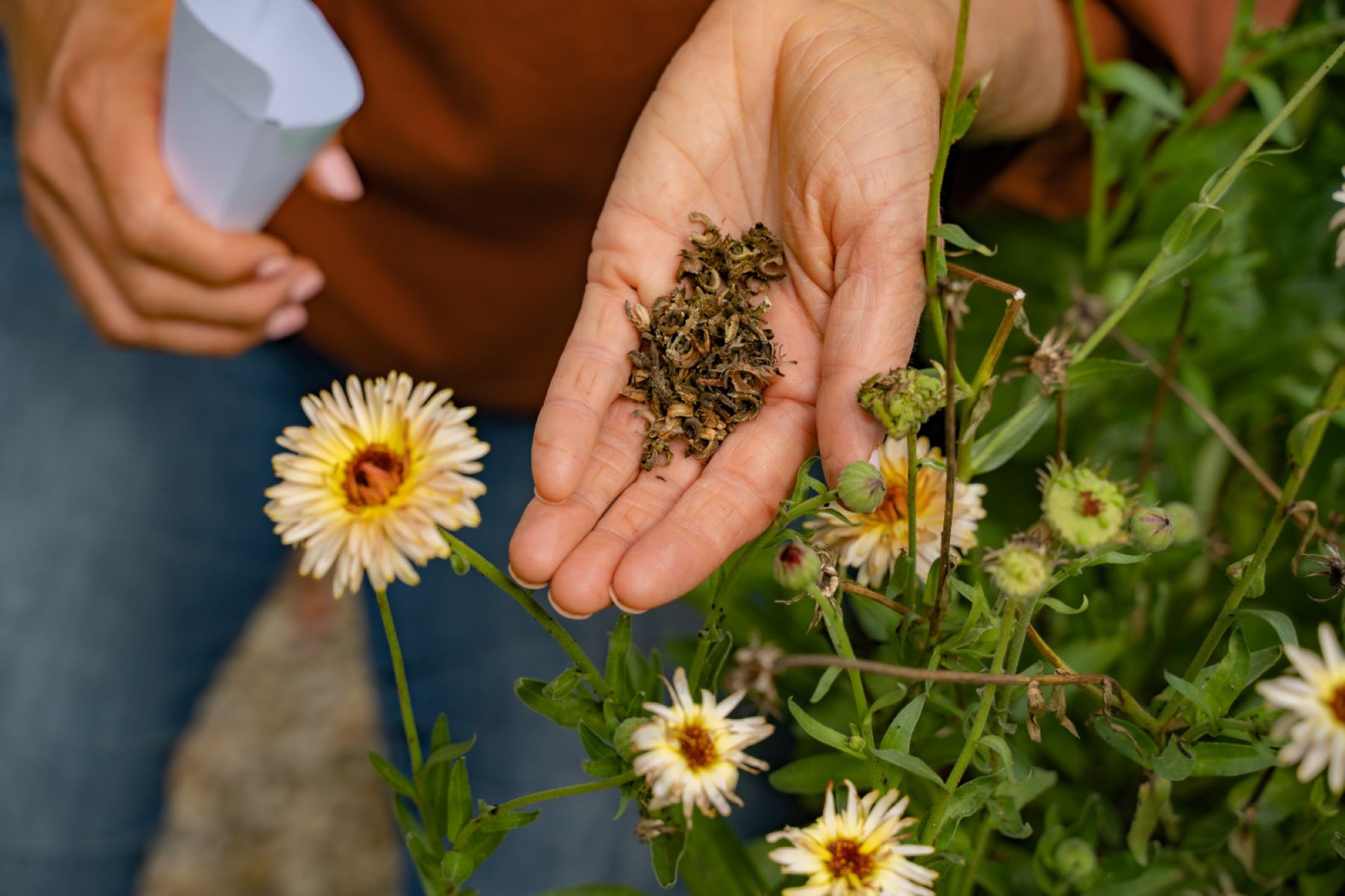

0 thoughts on “How To Harvest Common Wildflower Seeds”